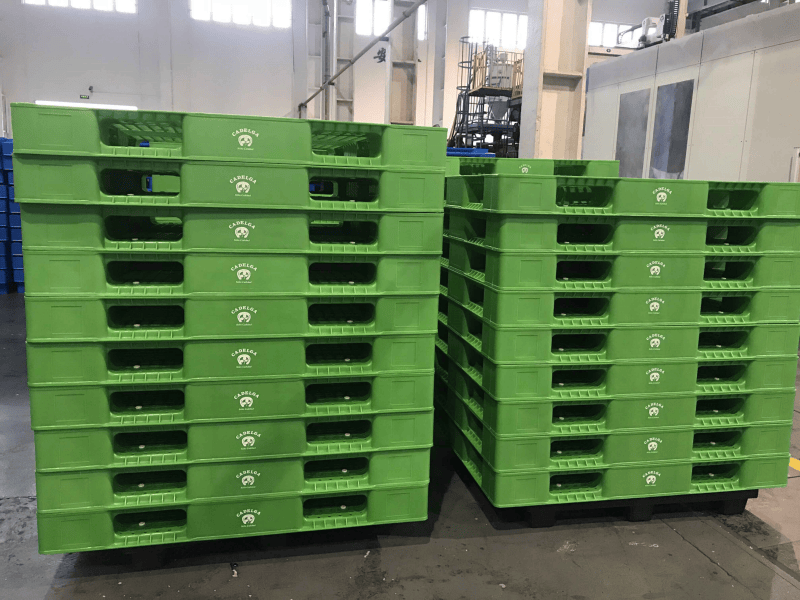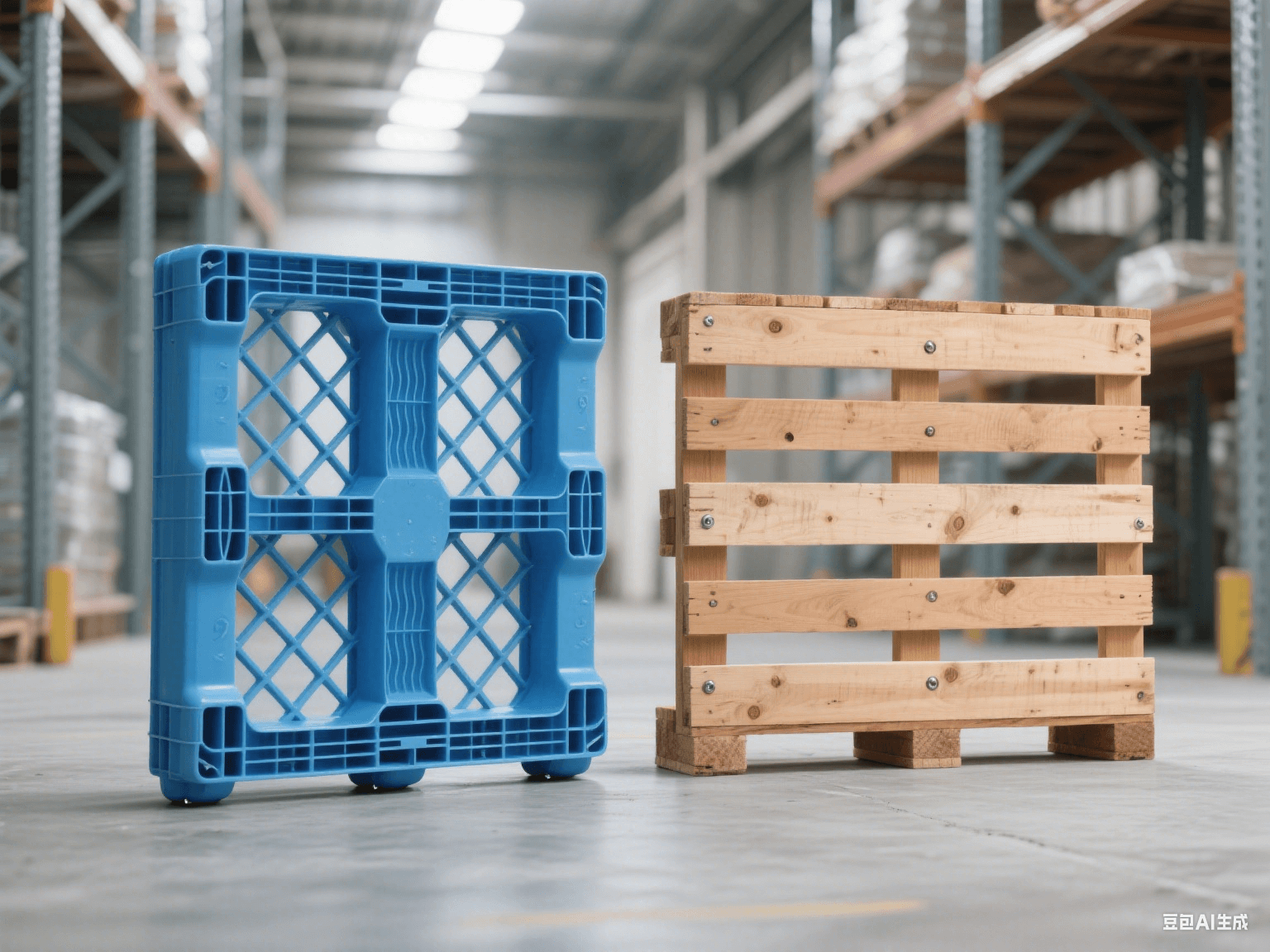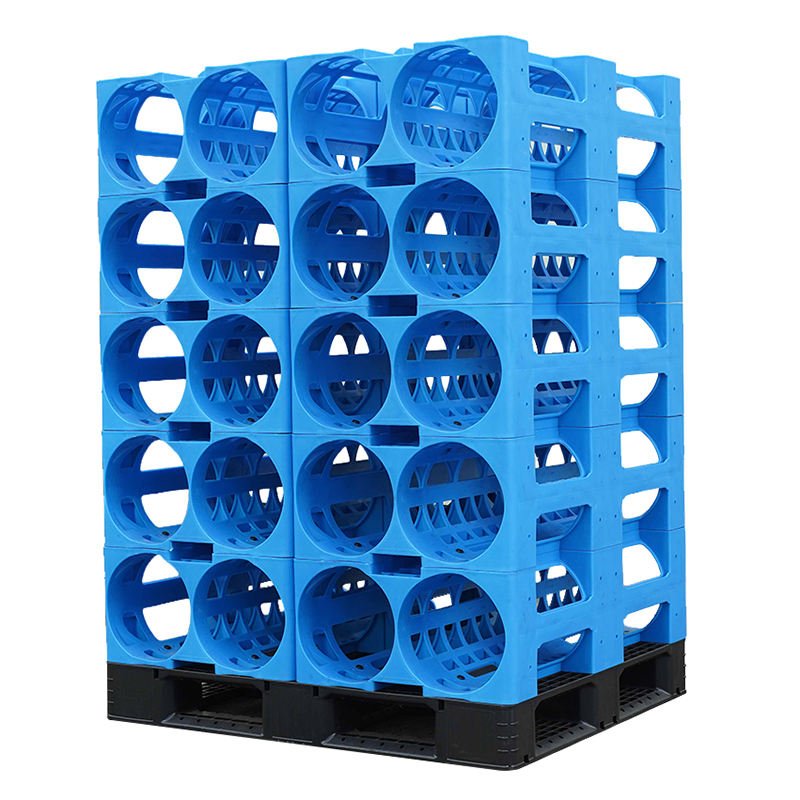Containing the Risk: Understanding the Purpose and Benefits of Spill Pallets
In industries handling chemicals, oils, solvents, or any potentially hazardous liquids, the threat of spills is an ever-present reality. Uncontrolled releases pose significant dangers to the environment, employee safety, and operational continuity. This is where spill containment systems, particularly spill pallets, step in as essential first lines of defense. They are not merely storage platforms; they are critical safety tools designed to prevent minor incidents from escalating into major disasters.
1. Introduction: The Critical Role of Spill Containment
The core function of spill containment systems is unequivocal: to capture leaks, drips, or accidental spills from containers, preventing hazardous materials from escaping into the environment or the workplace. For any facility storing or moving drums, Intermediate Bulk Containers (IBCs), or smaller containers of such substances, spill pallets are not optional extras – they are fundamental requirements. Implementing effective spill containment delivers key outcomes:
Regulatory Compliance: Meeting stringent local, national (like EPA regulations in the US), and international environmental and workplace safety laws.
Risk Mitigation: Proactively reducing the likelihood and potential impact of spills.
Cost-Effective Spill Management: Preventing costly cleanups, environmental fines, production downtime, and potential litigation by containing spills at the source.
2. What are Spill Pallets Used For?
Spill pallets serve a singular primary purpose: to act as a secondary containment barrier, reliably capturing leaks, spills, or overflows originating from the containers placed upon them. Whether during static storage, handling procedures, or short-distance transportation within a facility, they provide a crucial safety net. Their deployment directly supports core objectives:
Reducing Risks: Minimizing the hazards associated with storing and handling dangerous goods.
Safeguarding the Environment: Preventing pollutants from reaching soil, waterways, or storm drains.
Protecting Worker Safety: Creating a safer workspace by controlling spills.
Ensuring Regulatory Compliance: Providing demonstrable proof of responsible hazardous material management.
3. Key Benefits of Utilizing Spill Pallets
The advantages of integrating spill pallets into operational safety protocols extend far beyond simple containment:
A. Environmental Protection: This is paramount. Spill pallets:
Prevent catastrophic contamination of soil and vital water resources (groundwater and surface water).
Help preserve local ecosystems and biodiversity by stopping pollutants from entering habitats.
Minimize the release of substances that could harm public health through contaminated water or air.
B. Enhanced Workplace Safety: Spills create immediate physical hazards:
Containing leaks directly on the pallet significantly reduces the risk of dangerous slip-and-fall accidents on facility floors.
C. Fire Risk Reduction: For flammable and combustible liquids, spill pallets are vital:
They prevent spilled liquids from spreading across floors, potentially coming into contact with ignition sources (sparks, hot surfaces, electrical equipment), thereby containing the fire risk to a limited area.
D. Reduced Chemical Exposure: Protecting personnel is critical:
By containing spills quickly and effectively, spill pallets minimize direct employee contact with harmful or corrosive substances.
This directly lowers the risk of acute injuries (burns, respiratory distress) and long-term occupational illnesses.
E. Regulatory Compliance: Spill pallets provide a tangible solution:
They offer a reliable and inspectable means of achieving the secondary containment capacity mandated by environmental and safety regulations (e.g., EPA’s Spill Prevention, Control, and Countermeasure – SPCC – rules, OSHA standards).
Their use demonstrates an organization’s commitment to operating responsibly and adhering to the law.
4. Selecting the Right Spill Pallet: Key Considerations
Choosing the optimal spill pallet is not a one-size-fits-all decision. Careful evaluation of specific needs is essential:
A. Capacity: The pallet’s containment sump must hold a legally required percentage (often 100% for single containers, 10% for multiple) of the total volume of liquid stored on it. Never exceed capacity limits.
B. Material Compatibility: The pallet’s construction material (commonly polyethylene, steel, or polymer-coated steel) must be chemically resistant to the specific liquids stored. Degradation or reaction could cause failure.
C. Mobility Needs: Consider how often the pallet and its load need to be moved:
Static pallets are for fixed storage.
Pallet jacks? Choose models with forklift pockets or channels.
Frequent movement? Consider wheeled spill pallet decks or sumps.
D. Regulatory Compliance: Ensure the pallet design and construction meet all applicable standards for your location, industry, and the stored materials (e.g., UN ratings for transport, specific EPA/OSHA requirements).
5. Conclusion: Choosing the Optimal Spill Pallet
The journey to effective spill containment starts with recognizing its critical importance and culminates in selecting the right tool for the job. The core principle is simple: the “right” spill pallet is determined entirely by your specific operational needs. There is no universal solution. To make an informed and responsible choice, diligently evaluate these essential factors:
Materials Handled: Precisely identify the hazardous substances (chemical composition, volume, hazards – flammability, corrosivity, toxicity).
Operational Context: Understand how the materials are stored (static, racked?), handled (manual, mechanical?), and potentially moved within the facility.
Safety Requirements: Assess the specific hazards present in your workplace and the protocols needed to mitigate them.
Alignment with Selection Criteria: Ensure your final choice demonstrably meets the key considerations of Capacity, Material Compatibility, Mobility Needs, Regulatory Compliance, and the correct Application Type.




